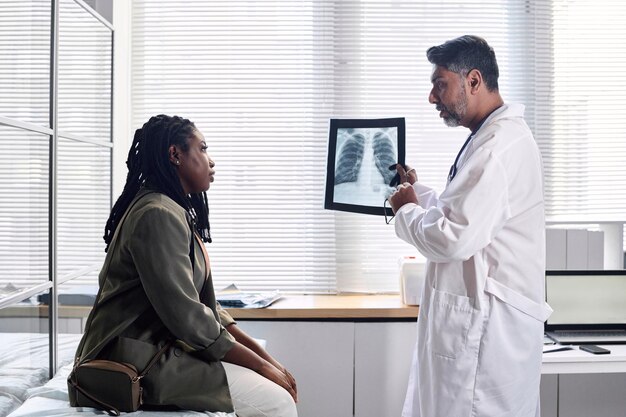How to Become a Registered Respiratory Therapist
Becoming a Registered Respiratory Therapist (RRT) is a rewarding journey and a vital path for those passionate about respiratory health. The first step involves obtaining an Associate's Degree in Respiratory Therapy from an accredited program. These programs are designed to equip students with the foundational knowledge and hands-on skills needed in pulmonary diagnostics and therapeutic interventions. Following graduation, aspiring therapists must pass the National Board for Respiratory Care (NBRC) Certified Respiratory Therapist (CRT) examination. Achieving the CRT credential allows candidates to pursue the RRT credential by passing additional NBRC examinations. Many states also require licensure, which typically involves maintaining the national certification and completing continuing education to ensure competence in this rapidly-evolving field.
As you consider this career path, it's crucial to understand the broader educational landscape. Many respiratory therapists opt to pursue a Bachelor’s Degree in Respiratory Therapy, which can offer advanced knowledge and open doors to leadership roles or specialized areas such as neonatal care or sleep disorders. Continuing education and additional certifications, like the Neonatal/Pediatric Specialist (NPS) or the Sleep Disorders Specialist (SDS), further exemplify a commitment to excellence and adaptability in delivering exceptional patient care.
Key Educational and Certification Pathways to Become an RRT:
- 🎓 Associate's Degree in Respiratory Therapy
- 📝 National Board for Respiratory Care (NBRC) credentials
- Certified Respiratory Therapist (CRT)
- Registered Respiratory Therapist (RRT)
- 📜 State licensure (varies by state)
- ���� Bachelor's Degree in Respiratory Therapy (optional, but advantageous)
- 📚 Continuing Education and specialization certificates
- Neonatal/Pediatric Specialist (NPS)
- Sleep Disorders Specialist (SDS)
Pursuing these educational programs and certifications not only enhances your professional prospects but also elevates the standard of care for those relying on respiratory therapy.
